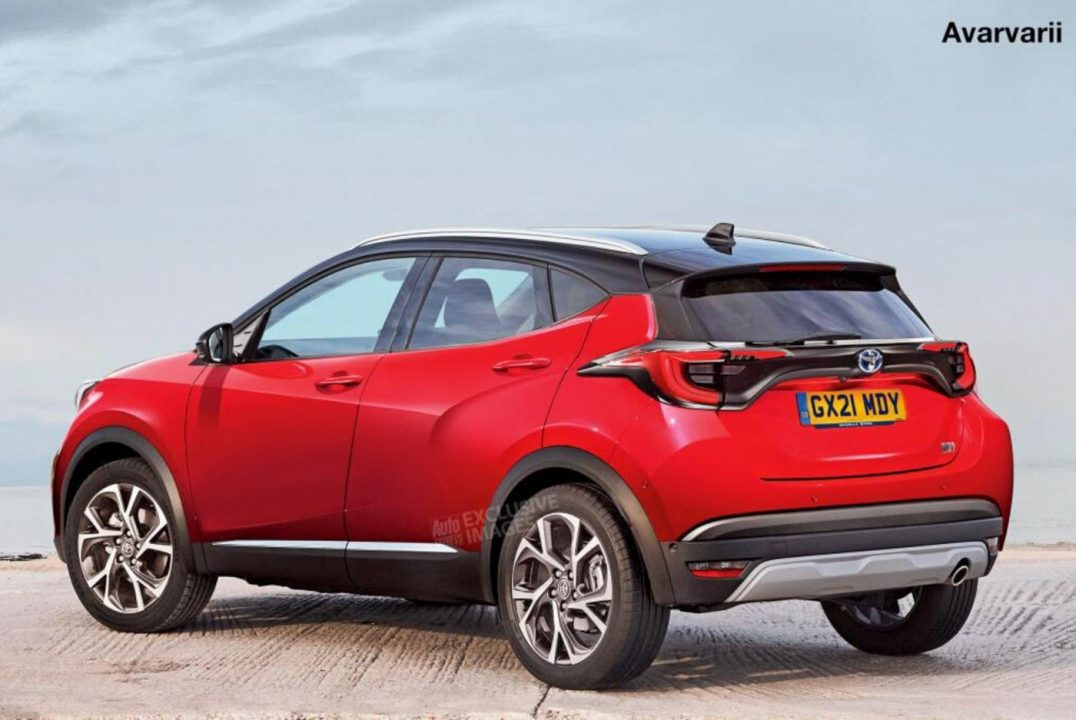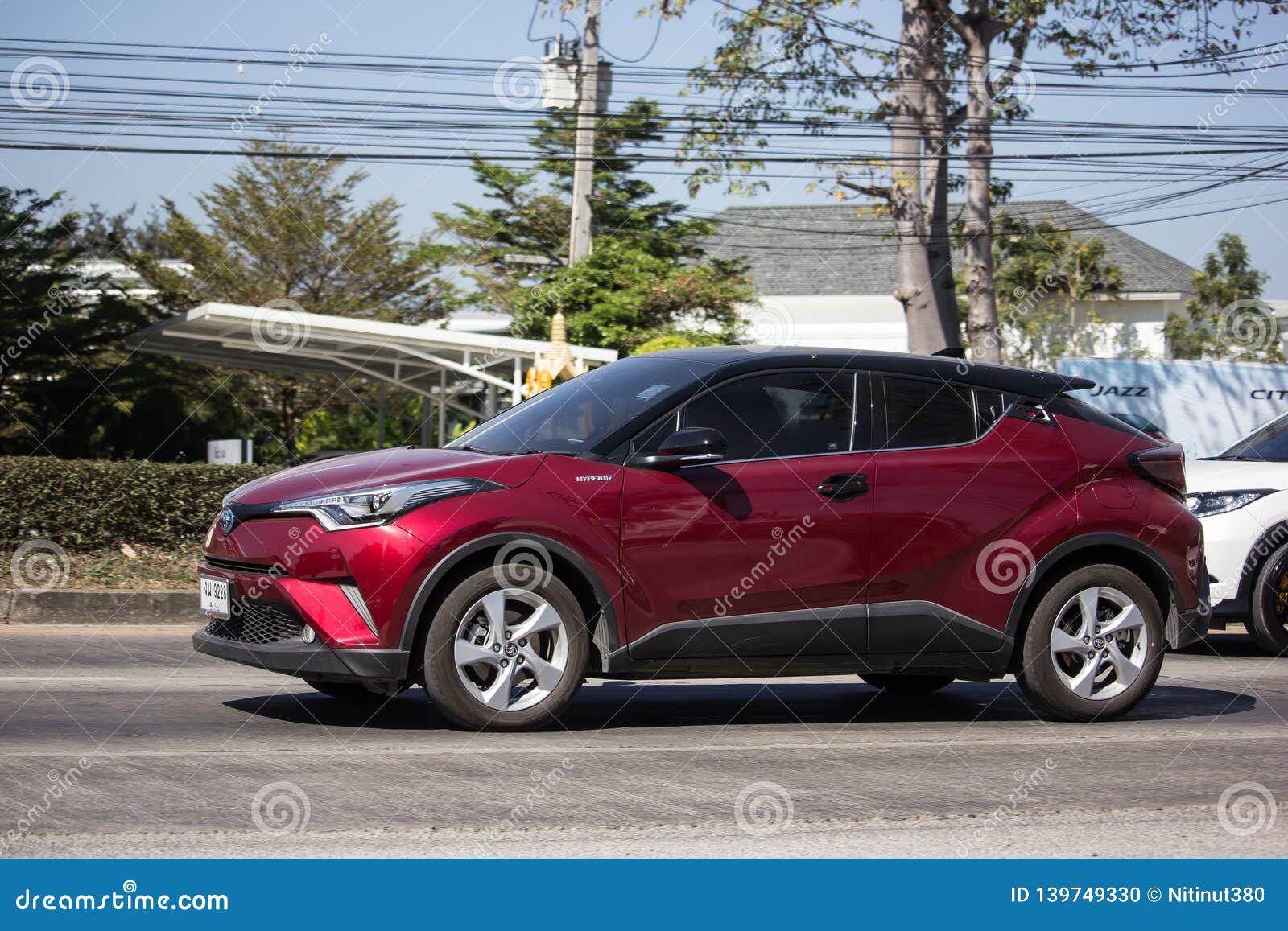

We've somewhat surprisingly already weighed the pros and cons of putting a yoke in a car. Every variant of the bZ4X gets a digital instrument cluster mounted relatively high in the name of visibility, and some are available with an optional yoke-like steering wheel connected to a steer-by-wire system, which is a first for the Japanese brand.

Step inside, and the 22nd-century vibe is just as strong. In the meantime, Toyota notes that plugging the crossover into a 150-kilowatt charger zaps the battery pack to 80% in about 30 minutes. Both numbers were obtained on the Japanese testing cycle, and figures for the American-spec model won't be released until after the EPA puts the bZ4X through its paces. Regardless of motor count, the bZ4X rides on a 71.4-kilowatt-hour lithium-ion battery pack said to deliver about 310 miles of maximum driving range in the front-wheel-drive model and 285 miles in the all-wheel-drive version. That doubling the motor count only adds 13 horses underlines this wasn't designed as a sports car hitting 62 mph from a stop takes 8.4 seconds with one motor and 7.7 with two. Optionally, buyers can add an electric motor to the rear axle for through-the-road all-wheel-drive and a 214-horsepower output, with each motor making 107 horses. In its standard configuration, the 4,232-pound bZ4X is powered by a single electric motor that zaps the front wheels with 201 horsepower. The sheet metal hides an architecture called e-TNGA that was developed jointly by Toyota and Subaru.

For context, that's about three inches longer, almost exactly as wide, and roughly half an inch narrower than the current RAV4, yet the wheelbase is around six inches longer. The futuristic looking EV angular exterior panels and a grille-less front end stretches 184.6 inches from bumper to bumper, 73.2 inches wide, and 64.9 inches tall. After its reveal a few months ago, the Toyota bZ4X electric crossover finally has a comprehensive set of specifications before it goes on sale next year.


 0 kommentar(er)
0 kommentar(er)
